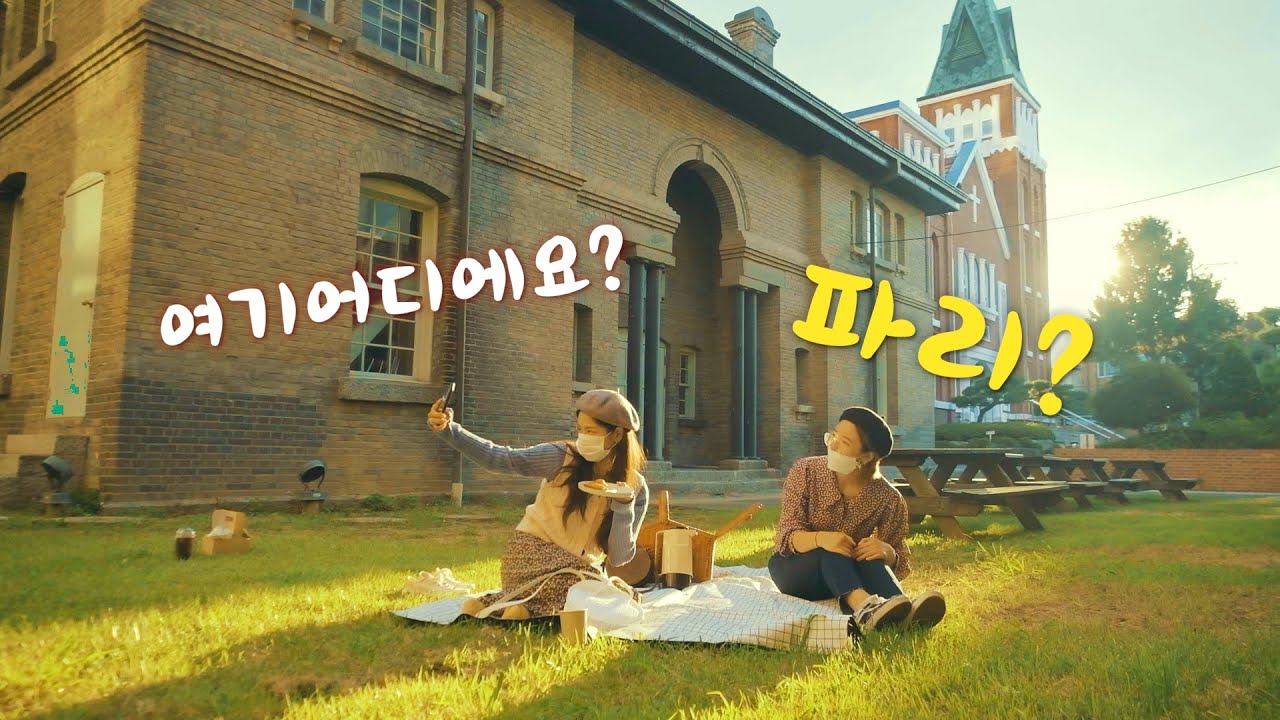Annyeonghaseyo, chingudeul! This section guides you learn the basic Koreanlearn the basic Korean, particularly Korean interrogatives and the examples of the sentences. Basically, Korean interrogatives consist of 무엇/뭐 (mwot/mwo) = what, 누구 (nugu) = who, 어디 (eodi) = where, 왜 (wae) = why, 어떻게 (eotteohke) = how, 얼마 (eolma) = how many/much, and 언제 (eonje) = when. To compose an interrogative sentence, those interrogative words are followed by verb/ noun/ adjective ended by suffix 까 (kka) for formal sentence, suffix 요 (yo) for casual/ informal sentence, or without suffix for 반말 (banmal). We can also add suffix 야/이야 (ya/iya) to create banmal forms.
Note: to compose a formal interrogative sentence, we only change suffix 다 (da) to 까 (kka). Let’s see the examples: 입니다 (imnida) -> 입니까 (imnikka) or 합니다 (hamnida) -> 합니까 (hamnikka). Meanwhile, there is no change in informal interrogative sentence and banmal form. We only need to emphasize the intonation in the end of the sentence. However, for the beginners, it is better to learn Korean formal or informal interrogatives forms first instead of banmal forms.
1. 무엇/뭐/무슨 (Mueot/ Mwo/ Museun – Korean Interrogatives for “What”

무엇 (Mueot) and 뭐 (mwo) are basically used to ask ‘what’. The difference between them are in the context. We use 무엇 (mueot) frequently for more formal sentence while we use 뭐 (mwo) for informal sentence or casual conversation. 무슨 (Museun) is used to ask referring to specific noun. Let’s see in the sentences below:
이것은 무엇입니까 (Igeos-eun mueosimnikka)? = What is this? -> here we use 무엇 (mueot) and suffix 까 (kka) to form the formal sentence.
이름이 뭐예요 (Ireumi mwohaeyo)? -> What’s your name?
무슨 드라마 좋아합니까 (Museun deurama johahamnikka)? -> What drama do you like?
2. 누구 (Nugu) – Korean Interrogatives for “Who”

Image Source: TV Zum
누구 (Nugu) is part of Korean interrogatives to ask ‘who’ or refer to person as subject or object. So, we have 2 patterns here to differ the usage. First, if we refer to person as subject, we use the form 누구가 (nuguga) shortened to 누가 (nuga). Second, if we refer to that person as object, so we use 누구를 (nugureul). Let’s check the sentences below to make the difference between two patterns clearer:
누가 커피를 마십니까 (Nuga keopireul masimnikka)? -> Who drinks the coffee?
서준은 누구를 좋아해요 (Seojuneun nugureul johahaeyo)? -> Whom does Seojun like?
3. 어디 (Eodi) – Korean Interrogatives for “Where”

어디 (Eodi) is used to ask certain place, destination, or place of origin. That’s why we will find the different patterns in the sentences. If our question refers to where something takes place or destination without movement, then we use 어디에 (eodiel. Meanwhile, we use 어디에서 (eodieseo) to refer place of origin or where the activity takes place and requires movement. Please see in the sentences below:
소담씨는 어디에 살아요 (Sodam-ssineun eodie sarayo)? -> Where does Sodam live in?
사장님은 어디에 갑니까 (Sajangnimeun eodie kamnikka)? -> Where does boss go?
제시카는 어디에서 왔어요 (Jessicaneun eodieseo wasseoyo)? -> Where does Jessica come from?
4. 왜 – Korean Interrogatives for “Why”

In order to ask why or to question a reason/ purpose in Korean language, we use 왜 (wae). It can be put either in the beginning or in the middle of the sentence depending on its context. We commonly put it in the middle if the sentence for informal or casual conversation. Here are the examples:
그분은 왜 인도네시아에 가요? (Gebuneun wae Indonesiae gayo?) -> Why does that person go to Indonesia?
왜 당신은 나를 사랑합니까? (Wae dangsineun nareul saranghamnikk?a) -> Why do you love me?
5. 언제 (Eonje)

We use 언제 (eonje) to ask ‘when’ or to question about certain time of the activity. Example in a sentence: 언제 종현은 김치를 먹었어요? (Eonje Jonghyuneun kimchireul meogeosseoyo?) -> When did Jonghyun eat kimchi?
6. 어떻게 (Eotteohke)

Korean interrogatives to ask ‘how’ or to question about the way something works are 어떻게 (eotteohke) and 어떡해 (eotteokhae). Both phrases are slightly similar but those actually have the different context. 어떡해 (Eotteokhae) derives from 어떻게 added by suffix 해 (hae). We use this form more to express something unpredictable or how we react to that action. Let’s find out in the sentences below:
어떻게 알았습니까? (Eotteohke arasseumnikka?) -> How do you know that?
돈이 없어요. 나 어떡해요? (Doni eobseoyo. Na eotteokhaeyo?) -> I lost my money. How should I do?
7. 얼마 (Eolma) & 몇 (Myeot) – Korean Interrogatives for How Much/ How Many

몇 (Myeot) is used to ask the quantity, especially the countable things such as people, animals, or stuff. We can also use 몇 (myeot) to ask about the time (hour). Meanwhile, we use 얼마 (eolma) to ask about the uncountable things like price (money), time (duration), or how long the activity occurs. Let’s see the sentences below:
이 가방은 얼마예요? (I gabangeun eolmayeyo?) -> How much does this bag cost?
몇 시간이에요? (Myeot siganieyo?) -> What time is it?
몇 명이에요? (Myeot myeongieyo?) -> How many people?












